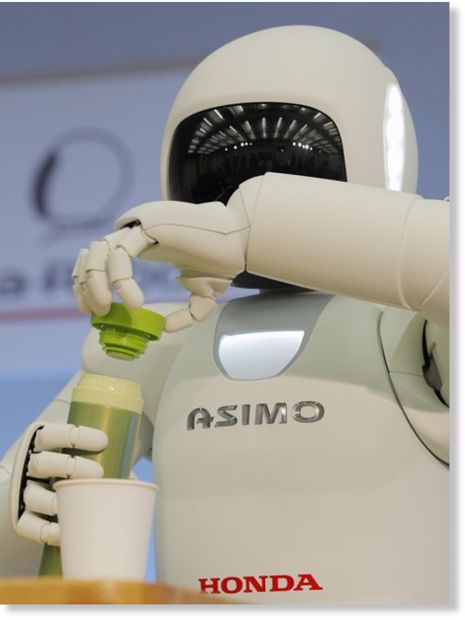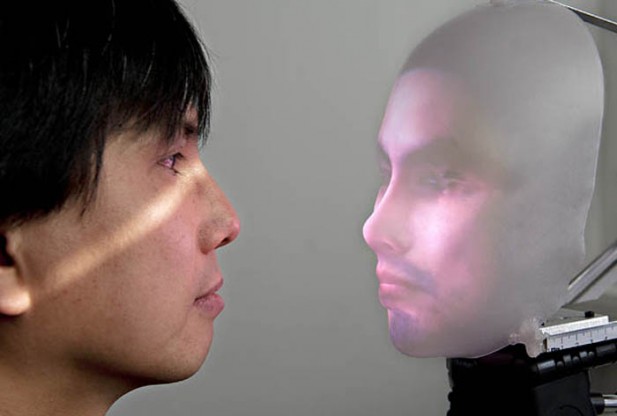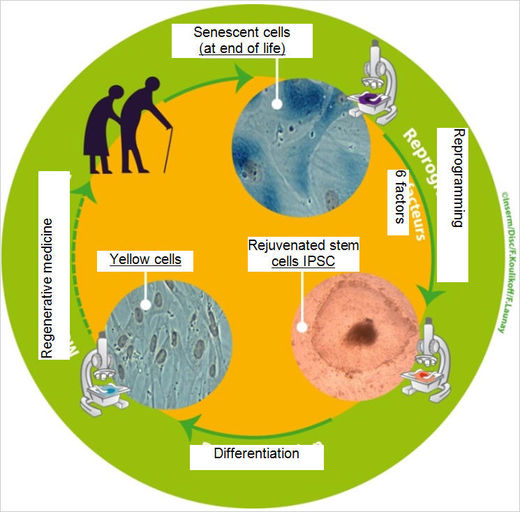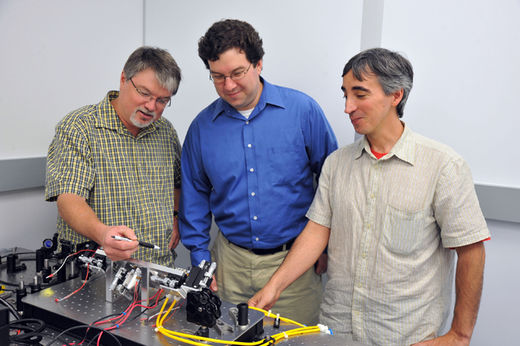
© AlamyLeonardo of Pisa, or 'Fibonacci', and (right) a sunflower, the seeds of which display Fibonacci numbers
Try to imagine a day without numbers. Try to imagine getting through the first hour of that day. No alarm clock, no time, no date, no television or radio, no stock market report or sports results in the newspapers, no bank account to check.
The fact is, our lives depend on numbers. You may not have "a head for figures", but you certainly have a head full of them. Most of what we do each day is conditioned by numbers. Indeed, the degree to which our modern society depends on those that are hidden from us was made clear by the financial meltdown in 2008, when overconfident reliance on the advanced mathematics of the credit market led to a collapse of the global financial system.
How did we become so familiar with, and so reliant on, these abstractions that our ancestors invented just a few thousand years ago? By the latter part of the first millennium AD, the system we use today to write numbers and do arithmetic had been worked out - expressing any number using just the 10 numerals 0, 1, 2, 3, 4, 5, 6, 7, 8, 9, and adding, subtracting, multiplying, and dividing them by the procedures we are all taught in primary school. This familiar way to write numbers and do arithmetic is known as the Hindu-Arabic system, a name that reflects its history.












